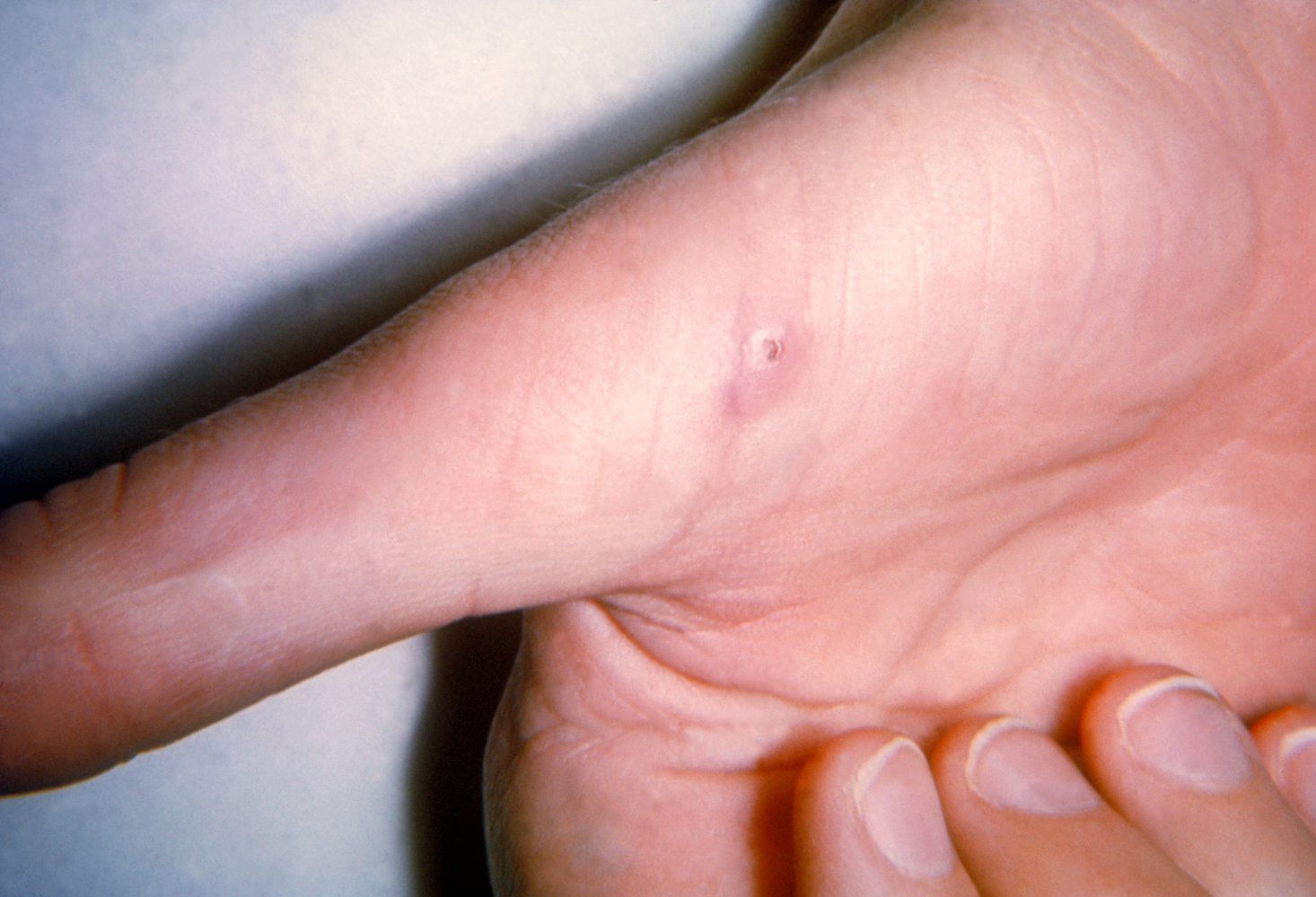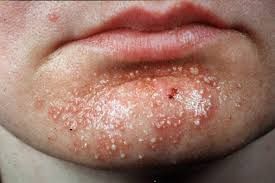Cat-scratch disease
JANA • November 27, 2023
Explore the Depths of Cat-Scratch Disease
- Definition: a benign, self-limiting infectious disease that is transmitted mainly by cats (via scratching, biting, or licking)
- Epidemiology: predominantly affects children and adolescents
- Pathogen: Bartonella henselae (gram negative, aerobic bacillus)
- Clinical features
- General: malaise, loss of appetite, fever
- Localized
- One or more 5–10 mm large, erythematous, nontender cutaneous papules or vesicles develop approx. 3–10 days after exposure at the site of inoculation.
- Swollen, tender lymph nodes 7–60 days following exposure
- Develops as primary lesions disappear
- Usually unilateral, occasionally suppurative
- Most commonly involves lymph nodes of axillae, neck, or groin (nearest the site of inoculation)
- Resolves after 2–4 months
- In immunocompromised individuals (e.g., patients with HIV) Bacillary angiomatosis (red-purple papules that bleed easily)
- Hepatic peliosis: a benign vascular condition characterized by multiple blood-filled cysts and vascular sinuses in the liver
- Can be asymptomatic or cause abdominal pain, jaundice, and/or liver failure
- In rare cases, cysts may rupture, causing intraperitoneal hemorrhage
- Bacteremia and endocarditis
- Diagnostics
- Bacterial culture from blood, swabs, or lymph node aspirate
- Antibody testing
- Histological study
- Warthin-Starry staining of the involved lymph node may show clusters of rod-shaped bacteria.
- H&E staining of cutaneous lesions may show necrotizing granuloma formation and neutrophilic infiltrate.
- Differential diagnosis: Kaposi sarcoma (has lymphocytic infiltrate as opposed to bacillary angiomatosis)
- Treatment
- Mild or moderate cases: azithromycin (5-day course) to decrease lymphadenopathy and the duration of illness
- In the case of persistent and/or disseminated disease (e.g., bacillary angiomatosis): erythromycin OR doxycycline
- In the case of CNS involvement or endocarditis: rifampicin PLUS either erythromycin OR doxycycline
References
- GREER WER, KEEFER CS. Cat-scratch fever; a disease entity. N Engl J Med. 1951 Apr 12;244(15):545–548. [PubMed] [Google Scholar]
- SPAULDING WB, HENNESSY JN. Cat scratch disease. A study of eighty-three cases. Am J Med. 1960 Apr;28:504–509. [PubMed] [Google Scholar]
- FOWLER RS, BAILEY JD. Cat scratch disease in childhood. Can Med Assoc J. 1961 Jun 17;84:1365–1368. [PMC free article] [PubMed] [Google Scholar]
- SMALL WT, SNIFFEN RC. Nonbacterial regional lymphadenitis (cat-stratch fever); evaluation of surgical treatment. N Engl J Med. 1956 Nov 29;255(22):1029–1033. [PubMed] [Google Scholar]
- McGOVERN JJ, KUNZ LJ, BLODGETT FM. Nonbacterial regional lymphadenitis (cat-scratch fever); an evaluation of the diagnostic intradermal test. N Engl J Med. 1955 Feb 3;252(5):166–172. [PubMed] [Google Scholar]
- DANIELS WB, MacMURRAY FG. Cat-scratch disease; nonbacterial regional lymphadenitis. AMA Arch Intern Med. 1951 Dec;88(6):736–751. [PubMed] [Google Scholar]
- CASSADY JV, CULBERTSON CS. Cat-scratch disease and Parinaud's oculoglandular syndrome. AMA Arch Ophthalmol. 1953 Jul;50(1):68–74. [PubMed] [Google Scholar]
- MARGILETH AM. Cat scratch disease as a cause of the oculoglandular syndrome of Parinaud. Pediatrics. 1957 Dec;20(6):1000–1005. [PubMed] [Google Scholar]
- LEVITT JM. The oculoglandular form of cat-scratch disease. J Am Med Assoc. 1957 Dec 14;165(15):1955–1956. [PubMed] [Google Scholar]
- DANIELS WB, MACMURRAY FG. Cat scratch disease; report of one hundred sixty cases. J Am Med Assoc. 1954 Apr 10;154(15):1247–1251. [PubMed] [Google Scholar]
- DANIELS WB, MACMURRAY FG. Cat scratch disease; nonbacterial regional lymphadenitis: a report of 60 cases. Ann Intern Med. 1952 Oct;37(4):697–713. [PubMed] [Google Scholar]
- PHILPOTT OS, WOODBURNE AR, PHILPOTT JA., Jr Cat-scratch fever. Rocky Mt Med J. 1955 Sep;52(9):789–790. [PubMed] [Google Scholar]
- KALTER SS, PRIER JE, PRIOR JT. Recent studies on the diagnosis of cat scratch fever. Ann Intern Med. 1955 Mar;42(3):562–573. [PubMed] [Google Scholar]
- BELBER JP, DAVIS AE, EPSTEIN EH. Thrombocytopenic purpura associated with cat-scratch disease; response of cat-scratch disease to steroid hormones. AMA Arch Intern Med. 1954 Aug;94(2):321–325. [PubMed] [Google Scholar]
- JIM RT. Thrombocytopenic purpura in cat-scratch disease. JAMA. 1961 Jun 24;176:1036–1037. [PubMed] [Google Scholar]
- DEVITO JJ. Cat scratch disease. J Fla Med Assoc. 1954 Mar;40(9):638–640. [PubMed] [Google Scholar]
- PELNER L. Cat-scratch disease or benign lymphoreticulosis; a disease to be ruled out in the differential diagnosis of Hodgkin's disease. Am Pract Dig Treat. 1955 Aug;6(8):1164–1166. [PubMed] [Google Scholar]
- GUTTMAN PH. Pathology of cat-scratch disease. Calif Med. 1955 Jan;82(1):25–31. [PMC free article] [PubMed] [Google Scholar]
- TURNER W, BIGLEY NJ, DODD MC, ANDERSON G. Hemagglutinating virus isolated from cat scratch disease. J Bacteriol. 1960 Oct;80:430–435. [PMC free article] [PubMed] [Google Scholar




